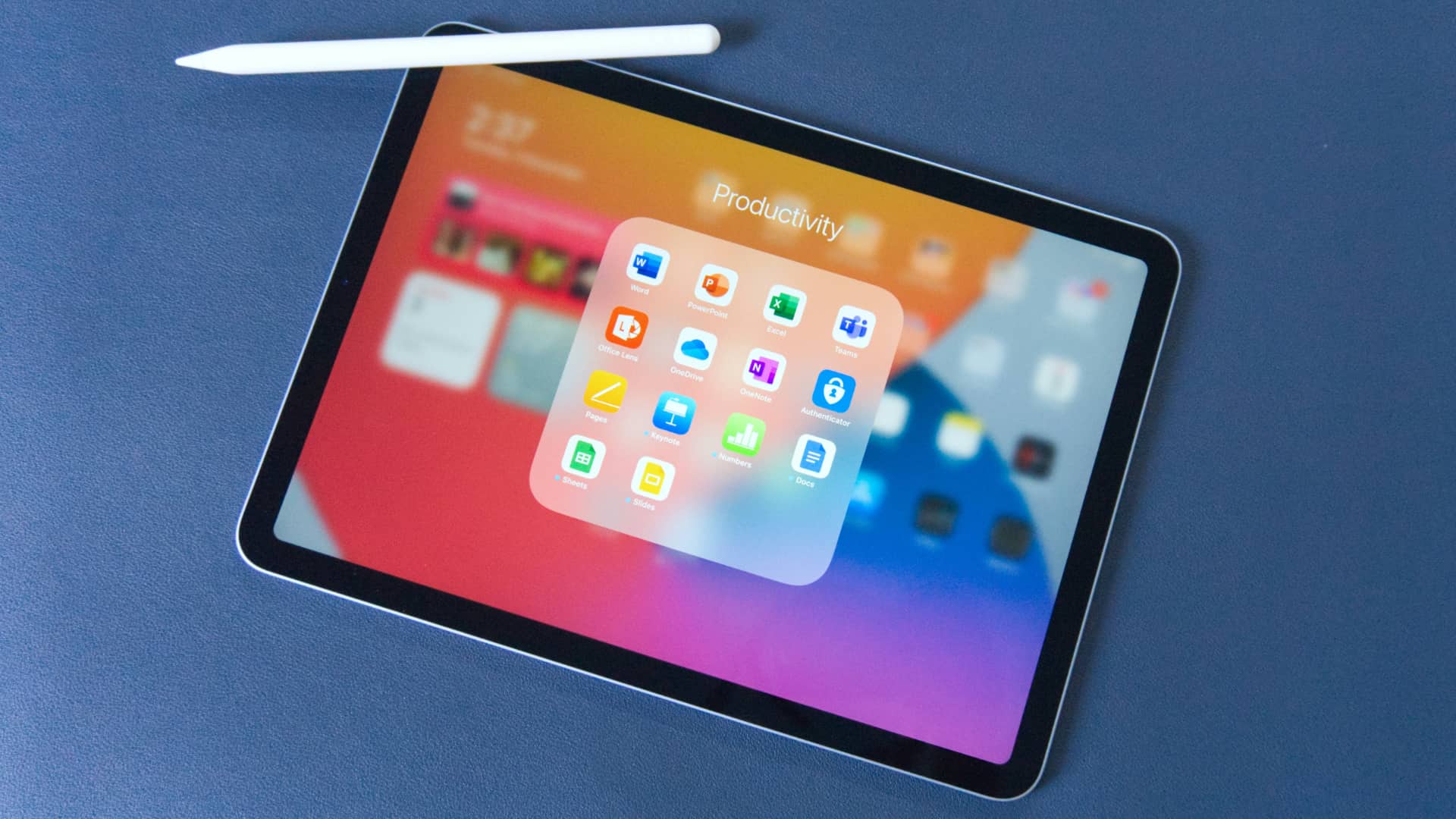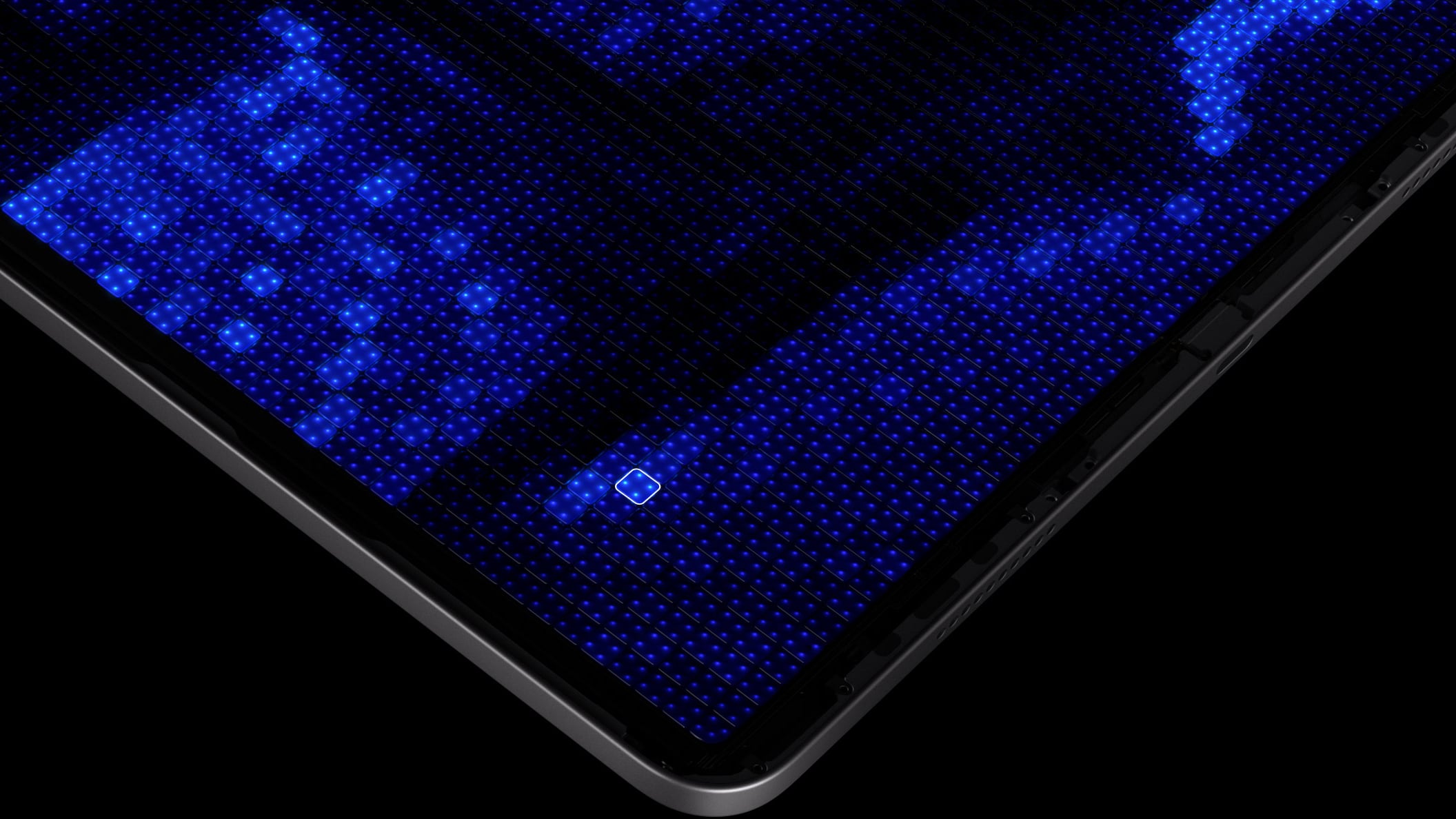Apple’s bigger iPad Air could utilize a premium mini-LED screen borrowed from the 12.9-inch iPad Pro instead of traditional LCD display panels.

Display Supply Chain Consultants CEO Ross Young shared on X that the next 12.9-inch iPad Air will use leftover mini-LEDs from the 12.9-inch iPad Pro. He also expects the current 10.9-inch iPad Air to continue using LCD panels.
Young has a pretty good track record regarding unreleased Apple products, and his latest prediction makes sense to us. Mini-LED could easily trickle down to Apple’s mainstream tablet (that would be iPad Air), with the iPad Pro lineup expected to switch from mini-LED to OLED technology.
The next iPad Air could use LCD and mini-LED
To be perfectly clear, only the 12.9-inch iPad Pro uses mini-LED—its smaller 11-inch brother is equipped with an LCD display. So if Young’s prediction pans out, expect the next iPad Air to be offered in two sizes:
- 10.9-inch iPad Air with LCD-based LED‑backlit Liquid Retina display
- 12.9-inch iPad Air with mini-LED Liquid Retina XDR display
Apple is rumored to release the next iPad Air and iPad Pro models in May.
What are the benefits of mini-LED vs. LCD vs. OLED?
With mini-LED, an array of tiny diodes act as backlighting that lights up the screen. As tiny as they are, these diodes don’t correspond to individual pixels. Instead, they’re grouped into so-called local dimming zones, as pictured below.

On the plus side, mini-LEDs provide an OLED-like experience versus their OLED counterparts thanks to increased brightness with no intensity drops over time (great for HDR video), fewer burn-in artifacts and better power efficiency.
Regarding image quality, mini-LED screens enable deeper blacks and more vibrant colors than LCDs. And thanks to an inorganic material that doesn’t decay as fast as OLEDs, mini-LED screens are longer-lasting than OLED displays.